MOTOCROSS ACTION MID-WEEK REPORT
#WHIPITWEDNESDAY
Year: 2006
TWO-STROKE SPOTLIGHT: ANDY STYLING’S 1991 KTM 500 ENGINE STUFFED INTO A NEW-AGE KTM CHASSIS
“Many people have put KX500 and CR500 engine in new-age chassis’ because one has less conversion work to do compared to the old KTM 500 engines due. For instance the chain and pipe have to be mounted on the opposite side. It took some time, but here is my 1991 KTM 500 engine that was stuffed into a new-age 2018 KTM chassis.” –Andy Styling
Editors Note: Please keep those submissions coming. If you would like your bike to be featured in the “Two-Stroke Spotlight,” please email me at [email protected]. All I ask is that you give a breakdown of your bike and a detailed description of the build. Please also send a few photos of your steed. By submitting your bike for the “Two-Stroke Spotlight,” you agree to release all ownership rights to the images and copy to MXA.
2021 KTM 350XCF KAILUB RUSSELL EDITION
 Press Release: KTM North America, Inc. unveiled its latest special edition motorcycle over the weekend with the first-ever 2021 KTM 350 XC-F KAILUB RUSSELL edition, a tribute to the eight-time GNCC National Champion. To celebrate his accomplishments and commemorate his final professional season in the AMA Grand National Cross Country (GNCC) Series, Russell was presented with his very own edition of the KTM 350 XC-F KAILUB RUSSELL on Saturday during an honorary unveiling at the iconic Ironman GNCC in Crawfordsville, Indiana.
Press Release: KTM North America, Inc. unveiled its latest special edition motorcycle over the weekend with the first-ever 2021 KTM 350 XC-F KAILUB RUSSELL edition, a tribute to the eight-time GNCC National Champion. To celebrate his accomplishments and commemorate his final professional season in the AMA Grand National Cross Country (GNCC) Series, Russell was presented with his very own edition of the KTM 350 XC-F KAILUB RUSSELL on Saturday during an honorary unveiling at the iconic Ironman GNCC in Crawfordsville, Indiana.
At 67 career victories in GNCC Racing, Russell sits atop the all-time wins leaderboard in the series’ motorcycle division where he has proven himself as one of the greats in the sport. Russell’s versatility aboard the KTM 350 XC-F platform doesn’t stop there, as a member of the two-time ISDE World Trophy Championship Team (2016 and ‘19), a three-time Full Gas Sprint Enduro Champion (2015, ‘19, ‘20) and 2015 AMA National Enduro Champion, the 30-year-old has reached the pinnacle of his professional career and it was all done under the guidance and direction of the highly-successful FMF KTM Factory Racing Team. In recognition of Russell’s incredible achievements and, as KTM does, to offer the most READY TO RACE machine on the starting line, the company proudly introduces the KTM 350 XC-F KAILUB RUSSELL edition for 2021.
- Orange frame and FMF KTM Factory Racing graphics
- FMF slip-on muffler
- Quick-fill tank with standard tank cap
- Factory triple clamps anodized in orange
- KTM Factory wheels
- Factory holeshot device for fork guards
- Composite skid plate
- Factory seat with Selle Dalla Valle logo
- Semi-floating front disc
- Solid rear disc
- Front brake disc guard
- Orange rear sprocket
- Hinson clutch cover
MOTO | TRIVIA
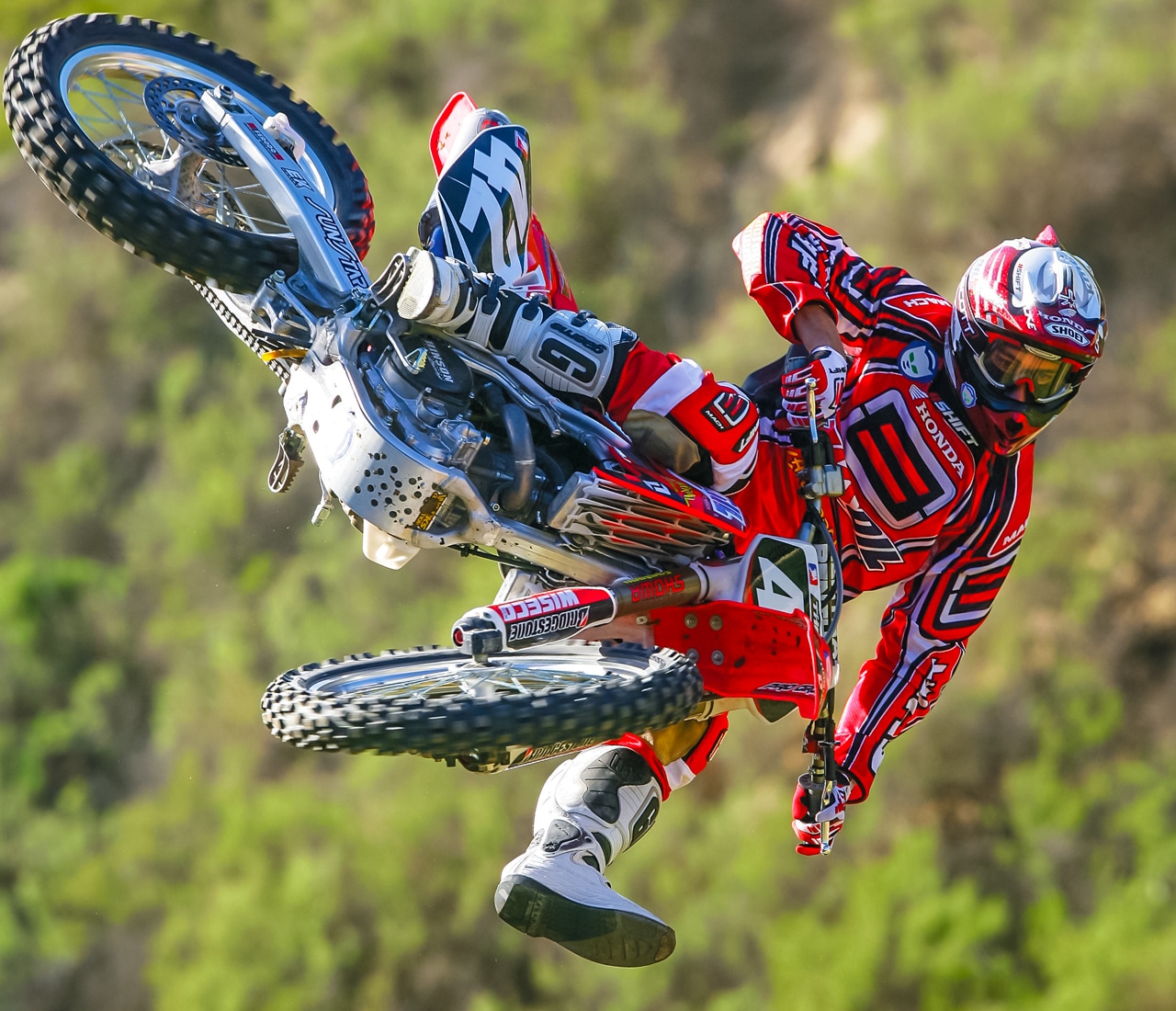 Who is this rider? Answer at bottom of page.
Who is this rider? Answer at bottom of page.
TALK MOTO WITH ON MXA’S FACEBOOK GROUP CHAT
 We love everything moto and want to bring all moto junkies together into one place to share their two cents, ideas, photos, bike fixes, bike problems and much more. To check it out first you must need to or already have a Facebook account. If you don’t, it isn’t much work and you could even have an alias so nobody knows it is you. To join click HERE. After you request to join we will accept your request shortly after.
We love everything moto and want to bring all moto junkies together into one place to share their two cents, ideas, photos, bike fixes, bike problems and much more. To check it out first you must need to or already have a Facebook account. If you don’t, it isn’t much work and you could even have an alias so nobody knows it is you. To join click HERE. After you request to join we will accept your request shortly after.
2021 SUPERCROSS SCHEDULE FINALLY ANNOUNCED
 For complete details click here.
For complete details click here.
8TH ANNUAL KURT CASELLI RIDE DAY ON SATURDAY, DEC. 5 AT PALA
 For more information go to www.kurtcaselli.com.
For more information go to www.kurtcaselli.com.
MXA FIRST RIDE VIDEO: 2021 KAWASAKI KX450X OFF-ROAD BIKE
WHAT’S INSIDE THE NOVEMBER 2020 ISSUE OF MXA?
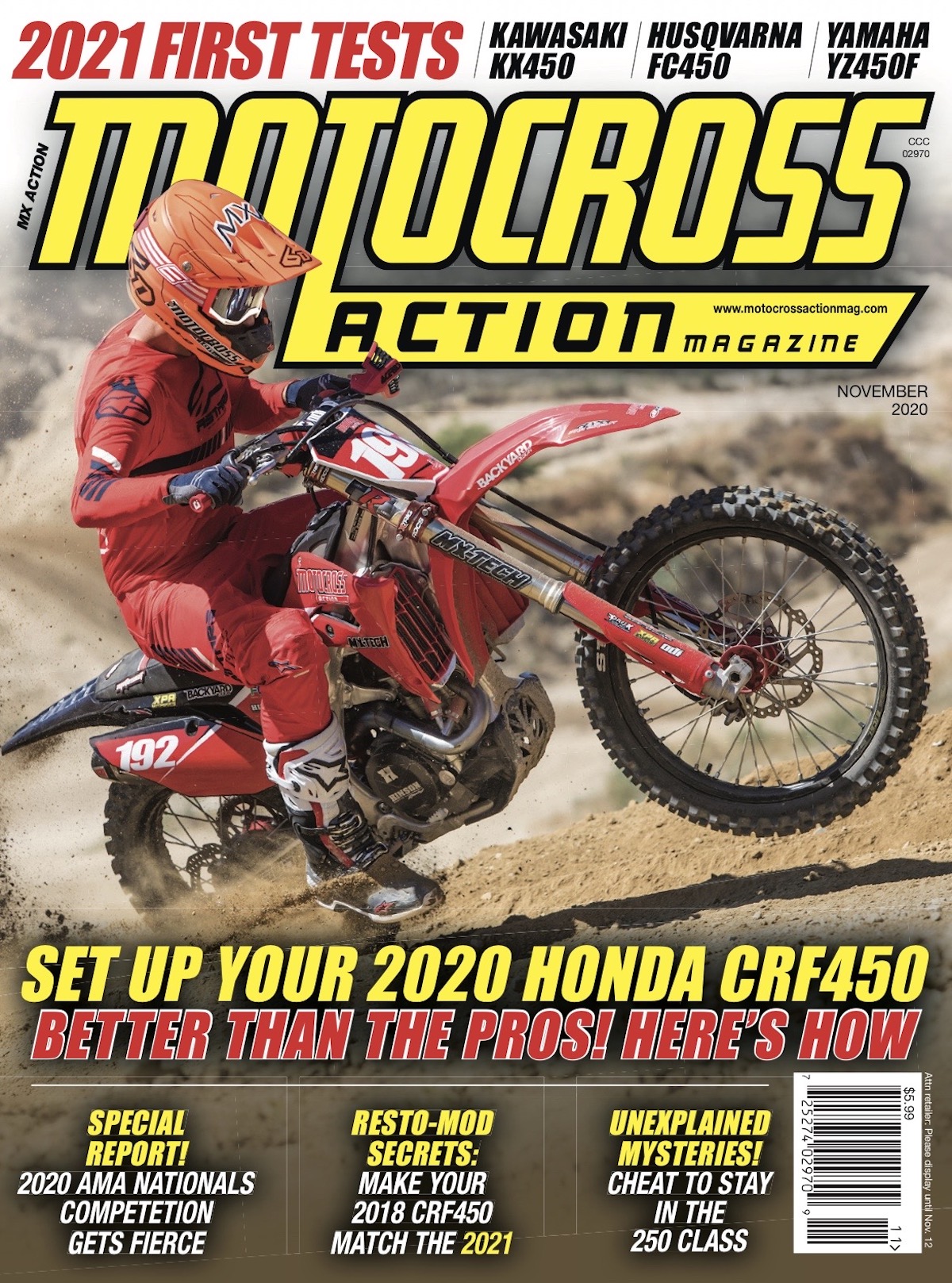 The November 2020 issue of MXA has full tests on the 2021 Husqvarna FC450, 2021 Kawasaki KX450 and 2021 Yamaha YZ450F.
The November 2020 issue of MXA has full tests on the 2021 Husqvarna FC450, 2021 Kawasaki KX450 and 2021 Yamaha YZ450F.
Plus, a tech story on how to build the perfect Honda CRF450, a giant interview with Husqvarna’s Andy Jefferson and a retro test on Justin Barcia’s 2012 Geico Honda CRF250. Plus, Jody’s surfing saga, KTM’s best week ever and the Bridgestone SR175 that was tearing up the scrambles, dirt track, drag racing and road races tracks in 1967. It didn’t make a dent in motocross though, because there was no motocross in 1967.
WHAT IS THE MXA WRECKING CREW UP TO
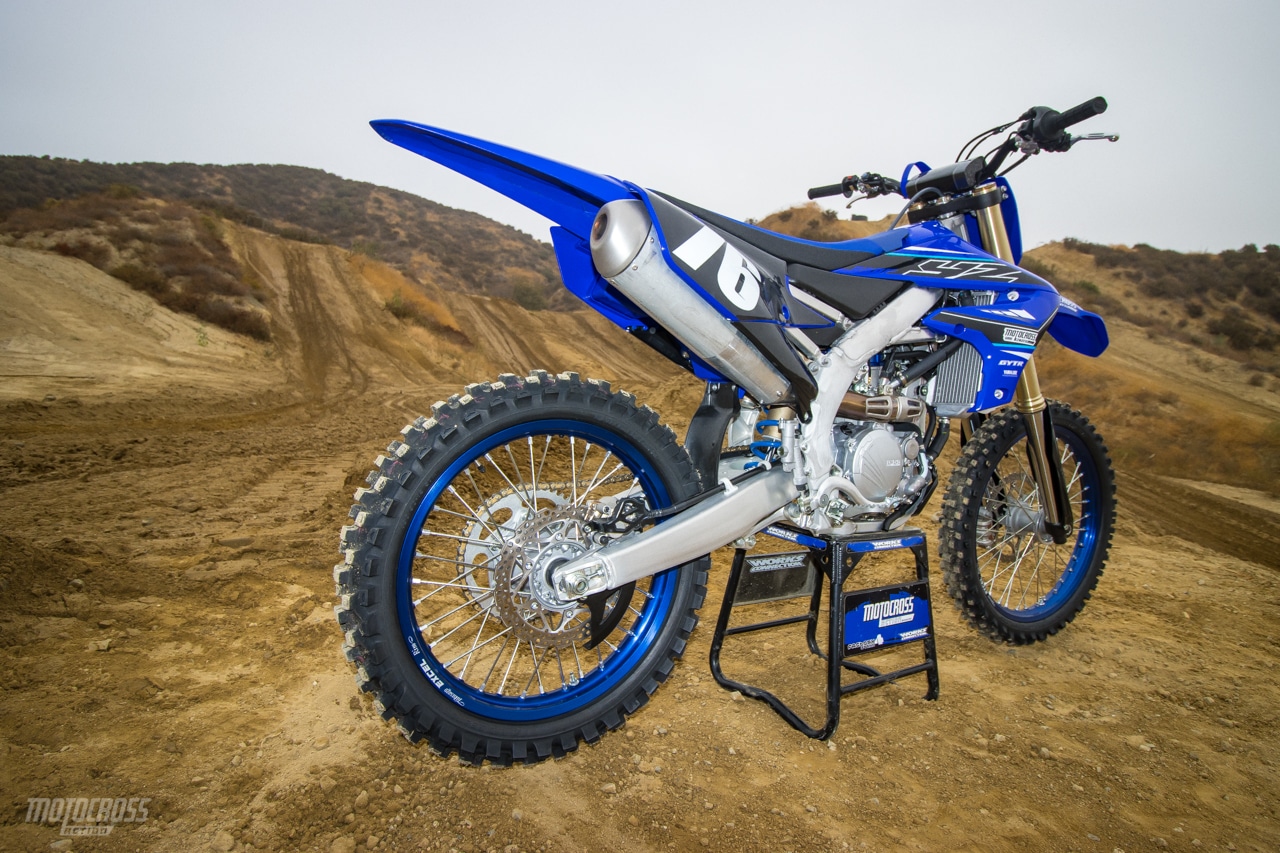 We got to ride the 2021 Yamaha YZ250F. We can’t say much about it as there is an embargo until Wednesday. Stay tuned for MXA’s First Ride video.
We got to ride the 2021 Yamaha YZ250F. We can’t say much about it as there is an embargo until Wednesday. Stay tuned for MXA’s First Ride video.
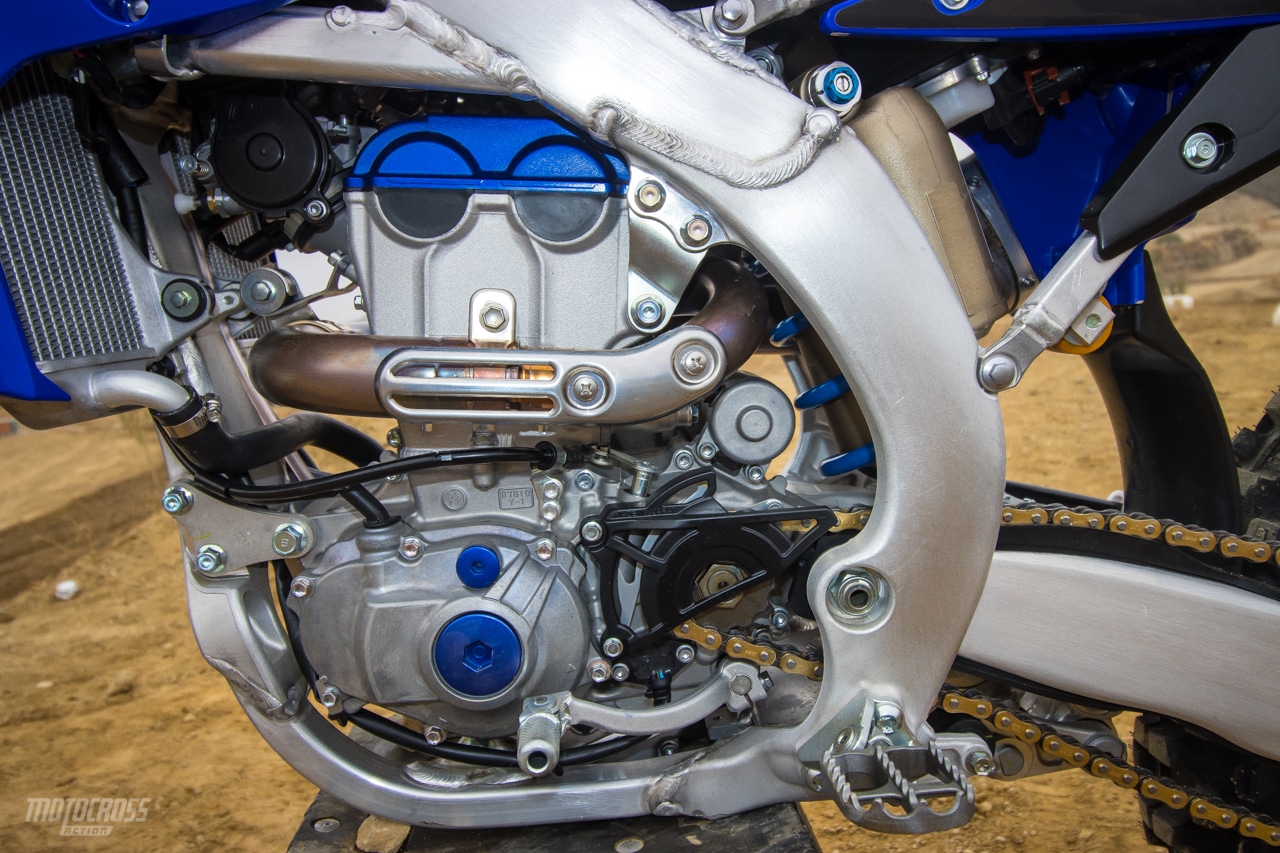 The YZ250F has many updates to the engine.
The YZ250F has many updates to the engine.
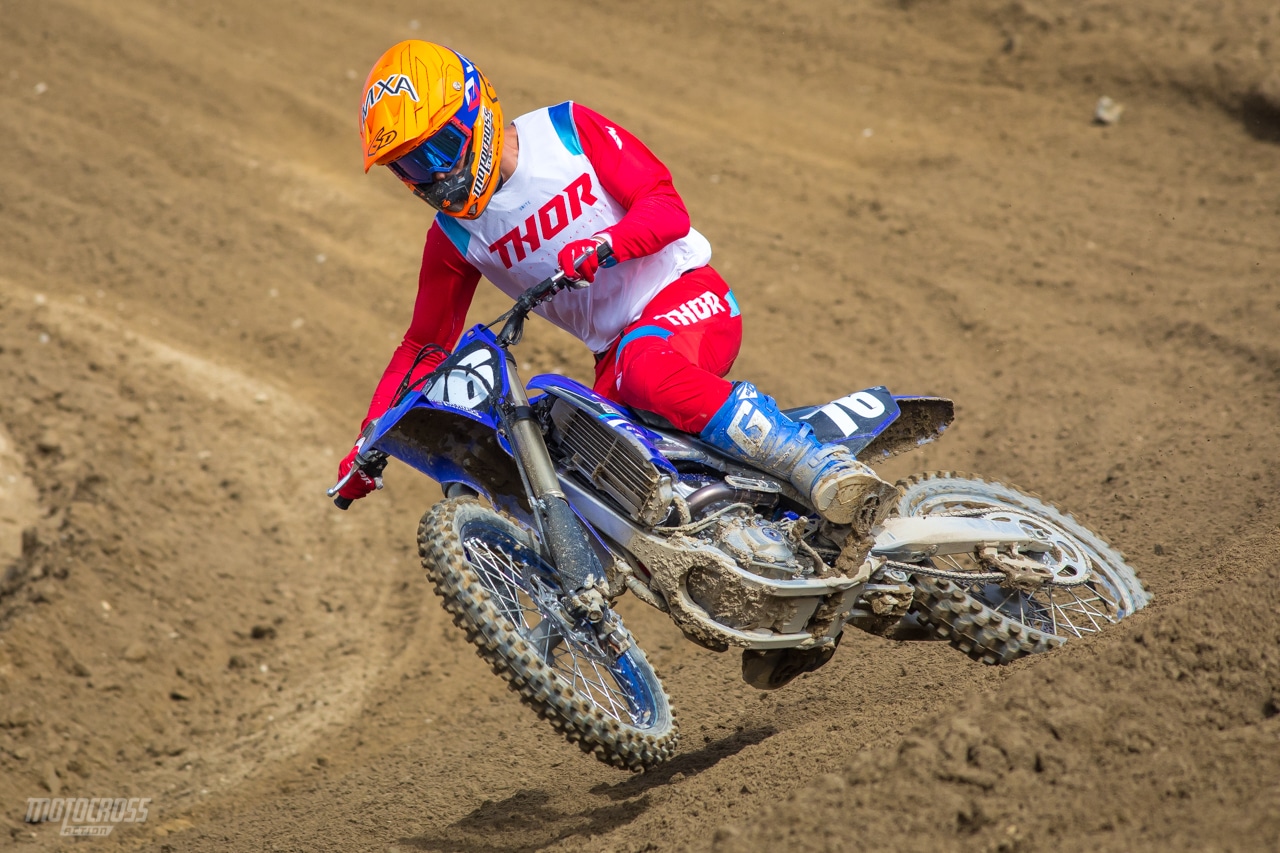 Josh Mosiman was the first MXA test rider to ride the 2021 YZ250F at Glen Helen.
Josh Mosiman was the first MXA test rider to ride the 2021 YZ250F at Glen Helen.
 Second on the to-do list was the 2021 KTM 250SXF. The bike is generally the same, save for the new suspension, maps and graphics.
Second on the to-do list was the 2021 KTM 250SXF. The bike is generally the same, save for the new suspension, maps and graphics.
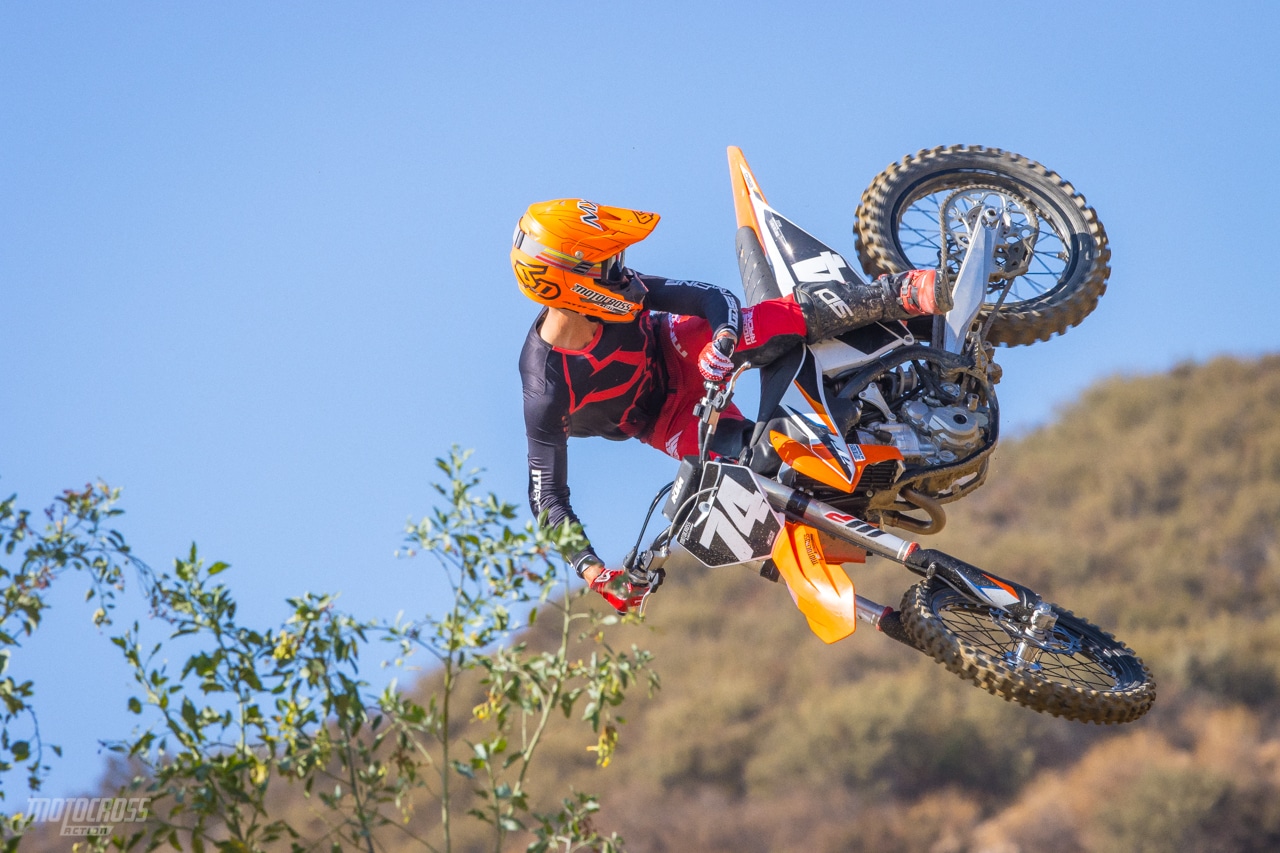 Josh Mosiman was again the first rider to get dibs on riding the 2021 250SXF.
Josh Mosiman was again the first rider to get dibs on riding the 2021 250SXF.
 The 250SXF powerplant has been generally the same since 2015. It might be growing long in the tooth however this is still a great engine that is very competitive.
The 250SXF powerplant has been generally the same since 2015. It might be growing long in the tooth however this is still a great engine that is very competitive.
 Haiden Deegan was out putting in motos at Glen Helen last Thursday.
Haiden Deegan was out putting in motos at Glen Helen last Thursday.
 We are in love with the new solid blue Gaerne SG12 boots.
We are in love with the new solid blue Gaerne SG12 boots.
2021 KTM 250SXF FIRST RIDE VIDEO
MXA YOUTUBE CHANNEL | HIT THAT SUBSCRIBE BUTTON
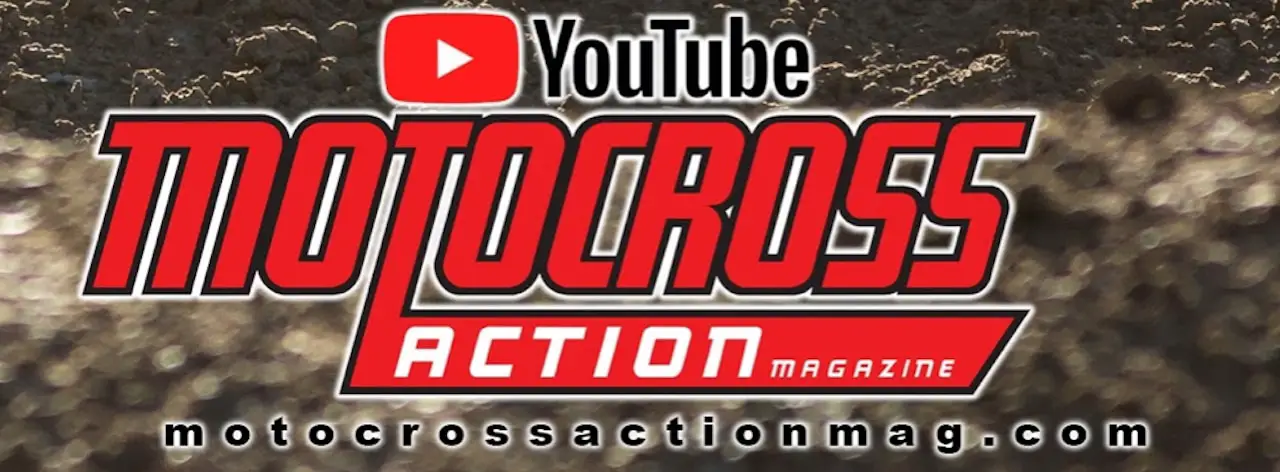 The MXA wrecking crew loves everything moto related. Check out our MXA YouTube channel for bike reviews, Supercross coverage, rider interviews and much more. And don’t forget to hit that subscribe button.
The MXA wrecking crew loves everything moto related. Check out our MXA YouTube channel for bike reviews, Supercross coverage, rider interviews and much more. And don’t forget to hit that subscribe button.
FORGOTTEN BIKES: TRAVIS PRESTON’S 2005 FACTORY HONDA CRF450
WHAT EXACTLY IS UNSPRUNG WEIGHT?
First and foremost, you don’t want more of it. Here is a quick test that you can do in the comfort of your living room to see how unsprung weight affects a motorcycle. Stick your arms straight out. Rapidly lower them to your sides and back up again. Do it ten times. Do it fast. Now grab a 10-pound weight in each hand. Repeat. Feel the difference? Guess what? It takes serious effort to imitate the up-and-down motion of a bird with weight on each arm. If you are human (as opposed to avian), your arms moved slower and responded sluggishly when changing direction. Additionally, the strain of holding the weights could be felt in your shoulders. There is no doubt that you could move your arms quicker and with less stress if you didn’t have any extra weight attached to them.
Now, imagine that your arms are your bike’s swingarm. The 10-pound weight mimics the mass of your bike’s wheels. Your arm is the swingarm, your shoulder socket is the swingarm pivot and your muscles are the shock absorbers. The increased muscle strain and sluggish reaction time that your body felt can be extrapolated over to the mechanical parts of your bike’s suspension. Extra weight on moving parts is a big no-no.
Extra weight that isn’t supported by the springs is called unsprung weight. Like ying, yang and boing, there are three kinds of weight on a motocross bike: sprung, unsprung and hybrid.
Sprung weight: The complete chassis, including all the parts that are suspended above the suspension’s springs, is considered “sprung” weight. That includes the frame, engine, plastic, controls, saddle, upper fork tubes and shock body. It’s called sprung weight because springs are used to hold it up and to isolate it from the bumps that the wheels hit.
Unsprung weight: Unsprung weight is the mass that hangs below the springs (fork legs, hubs, brake calipers, rotors, spokes, rims, swingarm, linkage, tires, tubes and rim locks). Unsprung weight is more closely connected to the ground than the parts above it, because when you hit a bump, unsprung components compress into the chassis to absorb the impact.
Hybrid weight: One of the conundrums of calculating sprung and unsprung weight is the question of whether the shock and fork springs are one or the other. The answer is complicated, but it does have a definitive answer. While the chassis floats on the shock and fork springs as if the coils were part of the sprung mechanism, the wheels push into the springs as if they were part of the unsprung weight. Thus, the weight of the springs is split 50/50 between sprung and unsprung weight. Thus, the weight of the springs is different from sprung and unsprung weight; it is referred to as “hybrid weight.”
The discussion of whether the springs are sprung or unsprung leads us to question the status of the fork and shock fluids. Since the shock fluid is housed in the body of the shock absorber (and the shock body is bolted to the frame), it is sprung weight. It’s not as clear-cut with the front fork oil. More oil is used in the fork than the shock, and most of it resides down in the bottom of the fork legs. This fluid moves with the unsprung fork legs, brake parts, axle and front wheel — thus it is unsprung. The saving grace of fork oil is that it gets splashed around in the upper tube assemblies, lessening the amount that is actually unsprung. It’s best to presume that one-half of the fork oil is hybrid weight.
While on the subject of hybrid weight, the weight of the front brake hose is split between sprung and unsprung weight. Most of the rear hose is unsprung weight.
NEGATIVE EFFECTS OF WEIGHT BELOW THE SPRINGS
Your bike’s suspension is constantly moving. If it’s not compressing, it’s rebounding. At the top and bottom of the suspension’s stroke whether fully bottomed, topped out or somewhere in between the wheels must change direction as quickly as possible. The less weight hanging from the suspension components, the easier it is for the mass of the wheels to stop and accelerate in the opposite direction. It’s no secret that the quicker the wheel reacts, the better the suspension will be — because the next bump is coming faster than the mechanism can respond.
It goes without saying that the less unsprung weight, the less strain will be placed on the pivots, springs and dampers. The lower the unsprung weight, the quicker the suspension reacts to bumps. The improvement is most significant over repetitious, high-frequency bumps (like braking and acceleration bumps). Why? The more weight you load on the wheels, the more the shock absorber has to struggle to bring the mass to a stop. As the damper struggles with the weight, the suspension packs, the wheels kick over the bumps and the bike becomes a handful.
Thankfully, unsprung weight doesn’t play as large of a role on high-amplitude impacts like spaced-out whoops and landings from jumps, because those are singular motions (not repetitive).
Lighter tires, tubes, rotors, hubs, spokes, rims and sprockets reduce the gyroscopic effect of the spinning wheels. With less gyro, the bike steers lighter, handles better and accelerates harder. This is something that even the most oblivious test rider can feel.
Have you ever wondered why the shock body and fork stanchions are mounted on top of the units, instead of on the bottom like they were back in the early 1970s? The designers turn the shock and forks upside-down to change the weight of the heaviest parts of the suspension into sprung weight. On the shock, this leaves only the shock shaft and spring collar below the spring. As for the forks, upside-down forks remove the large stanchion tubes away from the wheel.
If you are interested in reducing unsprung weight, you should know that some kinds of unsprung weight are worse than others. For example, the further away from the swingarm pivot the weight is located, the faster and farther it moves and the quicker it’s forced to change direction. You need to concentrate on lessening unsprung weight that is at the furthest end of the fulcrum arm. Conversely, the closer the weight is to the swingarm pivot, the less it affects suspension performance.
With this information, you can see why the rear wheel, rear tire, rear axle and rear brake have the greatest impact on unsprung weight. Although the front and rear suspension are functionally different, the negative effects of unsprung weight are equally debilitating.
The manufacturers do all they can to lessen unsprung weight — within reason and budgets. Thus you see 32-spoke rear wheels (instead of the traditional 36 spokes), minimalist hubs (so small that it is hard for aftermarket hubs to beat their weight), swiss-cheese brake rotors (mated to miniature brake pads), and one-piece cast swingarms (replacing welded together designs). But, in truth, unsprung weight isn’t as much of a concern when the bike rolls off the showroom floor — because the bike is what it is. In this era of incredibly fat machines like the YZ450F, CRF450, KX450 and RM-Z450, most of the burden of reducing unsprung weight is passed down to the owner.
In the name of perceived performance, many riders start adding aftermarket stuff on their bikes in the places where it hurts most. A beefier chain guide is unsprung. Disc guards are unsprung. Heavier aftermarket wheels are unsprung. Heavy-duty tubes are unsprung. Steel/aluminum combo sprockets are unsprung. Some of these parts are necessary to address issues of concern in durability or reliability, but the weight of the parts that attach below the springs needs to be carefully calculated.
Factory teams spend beaucoup bucks to reduce unsprung weight. Most works bikes have magnesium hubs, titanium linkage bolts, Ti axles, aluminum spoke nipples, tapered and butted spokes, and magnesium (or beryllium) brake calipers. They would have coated aluminum rotors if they were AMA legal.
WHAT CAN YOU DO AT HOME?
So what can you do at home? Start paying attention to how much unsprung parts weigh. Compare everything you replace with the weight of the stock parts. Keep the big picture in mind. An ounce here and an ounce there can eventually add up to a one-pound reduction in unsprung weight. Here is a quick hit list:
Tires: Start with your tire choices. Unsprung weight is most easily influenced by tire weight. Tires vary in weight by phenomenal amounts. Competing tires can have as much as a one-pound difference in weight (and that is a major difference when it starts moving up and down over every ripple in the dirt).
Tubes: It is possible to take ounces off the unsprung weight by using lightweight tubes. While heavy riders and rocky tracks might require a heavy tube, many riders can get away with thinner tubes. There are also natural rubber tubes from Moose and Michelin that don’t necessarily weigh a whole lot more than stock, but offer more flat protection.
Sprockets: If you’re not replacing it with the stock part or stock size, compare the weight of the replacement part directly against the OEM sprocket.
Chain: Not only are chains heavy, but they are also the worst kind of rotating mass.
Rim locks: If your bike runs two rim locks in the back, lose one and save several ounces.
Spoke nipples: If your bike doesn’t have aluminum spoke nipples, consider switching to them.
Brake rotors: Aftermarket brake rotors come in lots of shapes, sizes and weights. Go for the lightest one.
Titanium: It’s possible to cut 2 to 3 pounds of unsprung weight (and spend upward of $2000) by using titanium axles and linkage bolts. Most MXA test riders are wary of titanium front axles. We don’t think that they are as good at resisting flex as steel front axles. Titanium rear axles are a very good idea.
Shock springs: One of the most expensive Ti components is the shock spring. It’s an easy way to cut almost a pound or more off the bike, but keep in mind that half of that savings is split with the sprung chassis weight. Additional advantages of a titanium spring are quicker reaction time and less vibration. Air shocks can drastically reduce shock weight, but they haven’t been en vogue since the days the Fox AirShox.
Chain guides: A carbon chain guide assembly can save up to a 1/4 pound of unsprung weight. Since it’s positioned farther outboard from the pivot, a carbon guide can benefit suspension action more than a Ti shock spring and linkage bolts combined.
When you put your bike on a weight-reduction plan, it is important that you remember the 6-to-1 rule. It is said that a 1-pound reduction in unsprung weight is equal to a 6-pound reduction in sprung weight. Thus, if you’re going to spend money on lightweight hardware, concentrate on unsprung weight.
MXA HAS T-SHIRTS FOR YOU! CHECK OUT THE MXA STORE
 It has been a while has we released T-Shirts to the public. Well no more! We are adding more designs each week. So make sure you check them out by clicking here.
It has been a while has we released T-Shirts to the public. Well no more! We are adding more designs each week. So make sure you check them out by clicking here.
CLASSIC PHOTO
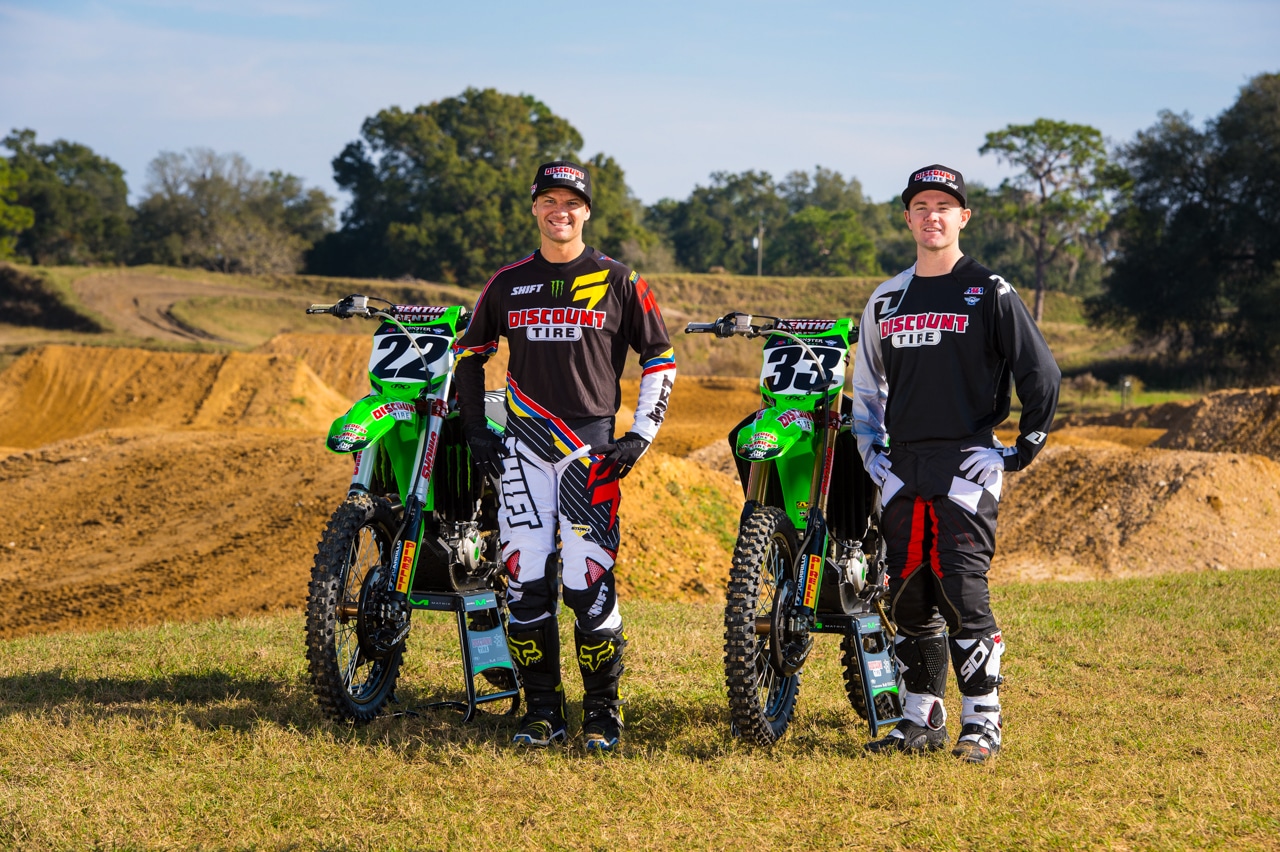 Chad Reed and Josh Grant back in 2016 when they were both on the TwoTwo Motosports team on KX450’s.
Chad Reed and Josh Grant back in 2016 when they were both on the TwoTwo Motosports team on KX450’s.
Moto Trivia answer: Joaquim Rodrigues back in 2005 when he raced for the Factory Connection team.






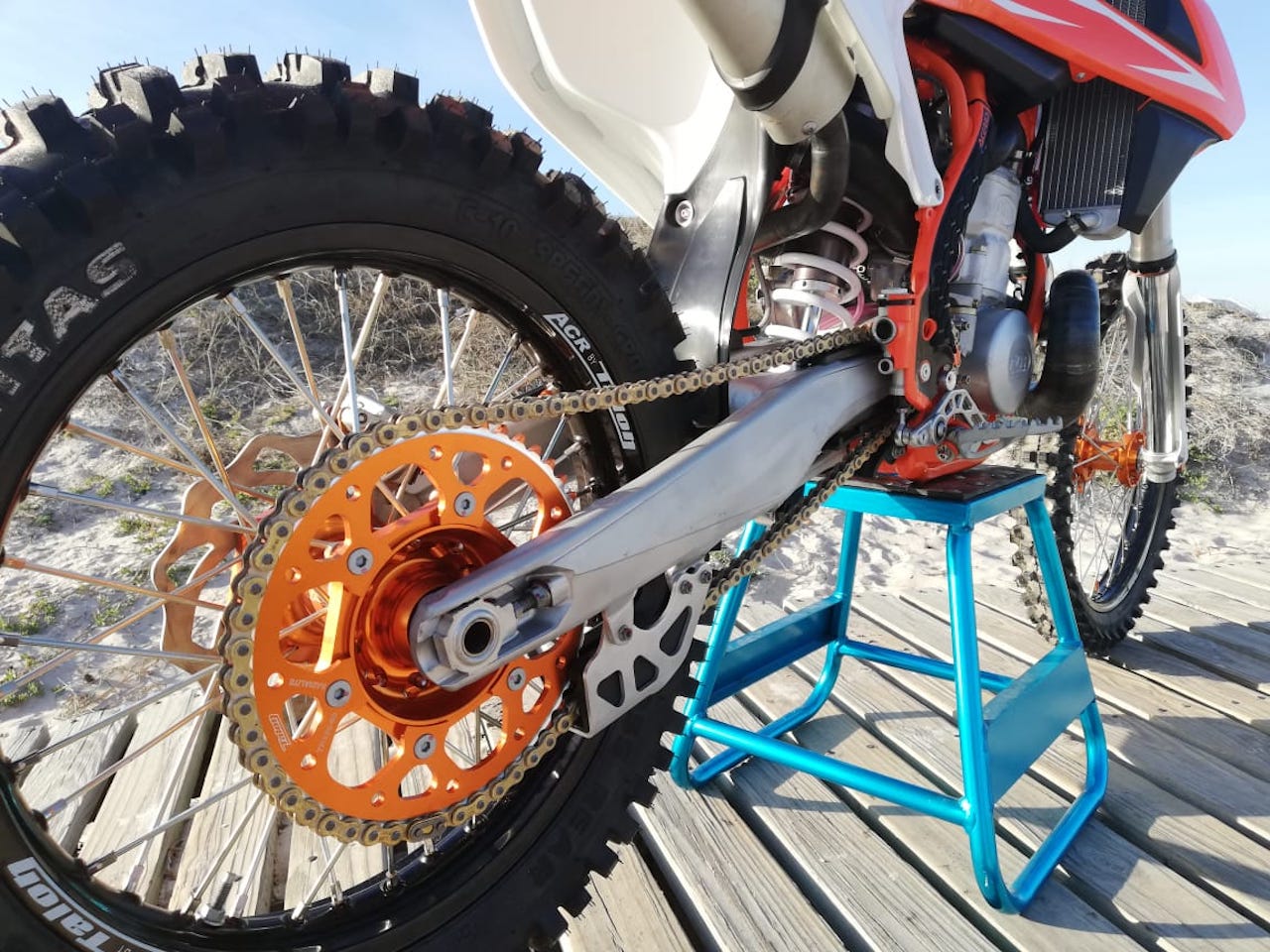
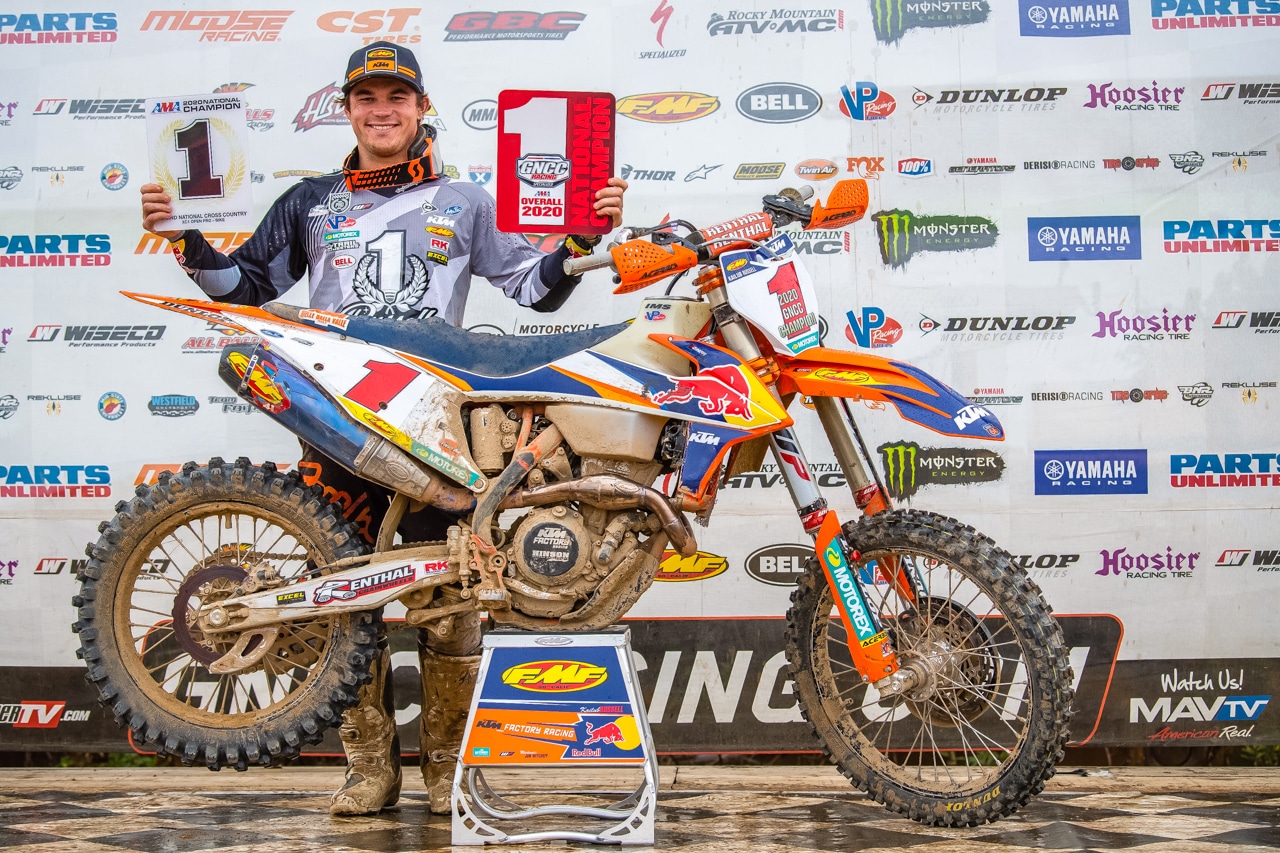


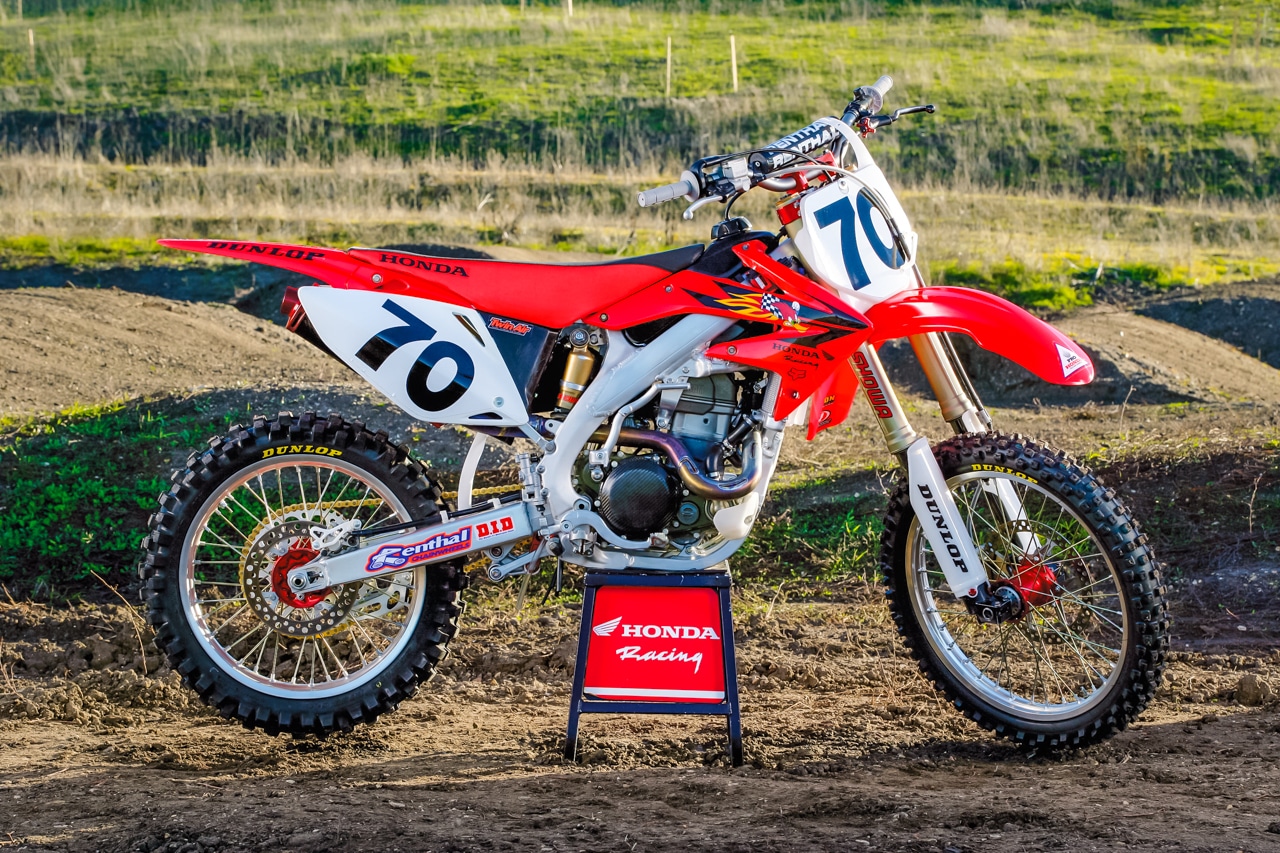


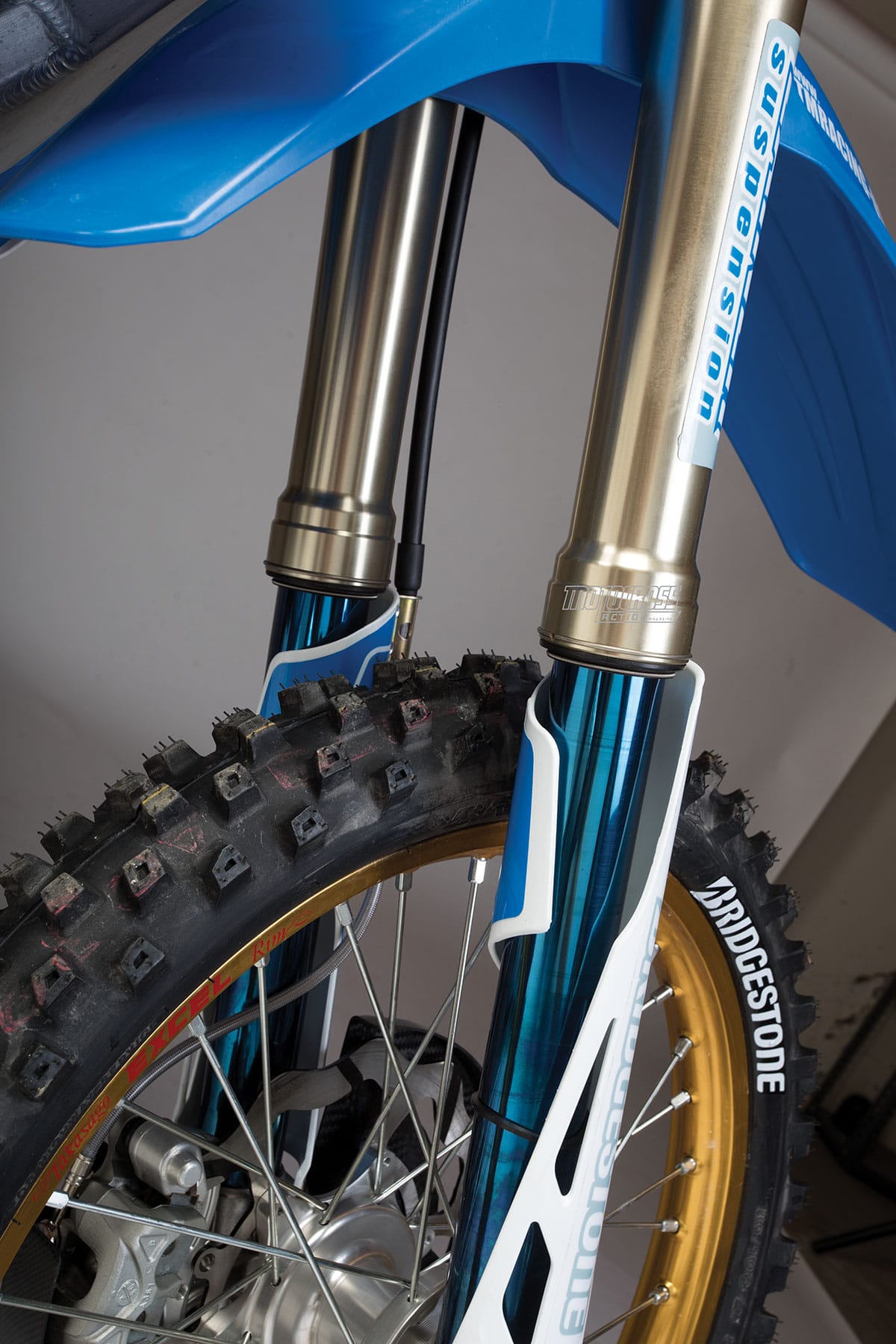





Comments are closed.